Before going full throttle and going into the health benefits of cherries, I’d like to talk a little about the origins of cherries, how to choose the right ones for you, and how to prepare and store them.
Now, this is a super exciting blog post for myself because I get to talk about all of the things I love – health, fitness, nutrition, sleep, and of course my super amazing recipe for some delightfully delicious Raw Maraschino Cherry Cheesecake Brownies! Before I get to the brownies, I just want to say that I feel so lucky to have been given the opportunity to work alongside Seasonal Cherries, and with the support of Sports Nutritionist Anita Bean and Nick Littlehales, a Leading International Elite Sports Sleep Recovery Coach! It doesn’t get more exciting than that people!
Cherries are rich in vitamin C – just a single 150g portion provides you with 14mg of vitamin C which is a whopping 35% of your RDA.
The Seasonal Cherries 21 Day Cherry Challenge Campaign is based around the notion that it takes 21 days to form a new habit – so that’s exactly what I’ve been up to – placing cherries into my daily diet and routine in an attempt to introduce a 21 day behavioural challenge, focusing around the following 3 key areas:
- Spring cleaning the diet – Although I don’t need too much help in this area, cherries are incredibly rich in nutrients and play a vital role in maintaining a balanced and varied diet so it’s a win-win for me.
- Spring fitness – Cherries’ antioxidants help to protect against exercise-induced free radicals, relieving painful inflammation which is top notch for me, and my heavy workout routine, but also for maintaining my pain levels that come with my autoimmune disease. I’ve only been at it for a week but I can already feel this working.
- Good night’s sleep – Cherries are one of the few natural sources of melatonin, which is responsible for the regulation of the body’s internal clock and sleep-wake cycle. And if you all know me I’m not one to get much sleep. But in particular I do struggle to actually drift off. I’ve got myself a FitBit and I will be keeping a log of my sleep over the 21 days, assessing my sleep quality in my final blog post.
I’ve been eating a full portion of cherries daily for a week now – that’s 14 cherries a day, which is roughly about 130g – although this of course can differ greatly due to the size of cherries. I’ve definitely found a nice boost in energy after eating them – and without a nasty blood sugar spike. I can sometimes experience a drastic drop in energy levels after certain fruits such as apples and bananas so it’s definitely made a nice change to incorporate a sweeter fruit into my diet. Because I usually follow a more Paleo and keto diet I was a little worried about the carb content of cherries, but a portion contains around 15g of carbohydrates so they should be fine unless you are aiming for less than 25g of carbs a day then you’d definitely need to reduce your portions. Because I’m now fat adapted however, I can allow myself the treat of a single portion of cherries a day – woo!
Choosing Cherries
Cherries were thought to have originated from the forests of Central Asia, eventually being traded within Europe. It is believed that the Romans first brought the cherry to Britain in the 1st Century AD although this is still unconfirmed, and there is a great possibility that they were already cultivated here in our wildwoods. In ancient Britain, cherries weren’t just consumed raw but also in the form of preserves and alcoholic drinks such as cherry brandy. (No, don’t worry, I won’t be making that any time soon!)
Before going full throttle and going into the health benefits of cherries, I’d like to talk a little about the origins of cherries, how to choose the right ones for you, and how to prepare and store them.
How to Pick the Perfect Cherry
Now, this might sound a little bit daft, but picking the right cherry can be tough depending upon what you want to use it for – and the health benefits you are after. There are at least 9 different kinds of cherries grown within the UK; Kordia, Lapins, Merchant, Penny, Regina, Skeena, Stella, Sunburst, and Sweetheart. All of which vary in size, texture, flavour, and sweetness. Cherry trees begin to blossom in spring and bees begin their pollination, by the beginning of June cherries are starting to ripen and this continues throughout the summer. Cherries can be harvested all the way up until September. So, it’s safe to say you’ll be seeing some really fresh, plump, and juicy cherries hitting the shelves within the UK soon. In the meantime however, Waitrose and Ocado are both stocking some gorgeously sweet Royal Ruby cherries from Spain.
Sour cherries are best for baking into the most amazing cherry pies and tarts, but also make for great jams and relishes too.
Sour cherries such as Morello and Montmorency seem to be non-existent within the UK but are still accessible via import. They are generally bright red in colour, super round in shape, and generally speaking are higher in anthocyanins. Sour cherries are best for baking into the most amazing cherry pies and tarts, but also make for great jams and relishes too. Because of the acidity levels they tend to be a little bit juicier so you will need to add in some starch (such as tapioca/arrowroot starch) to thicken up the juices, otherwise you will end up with a really soggy pie, and nobody likes a soggy pie. You’ll also require more sugar for these so be mindful of this when consuming regularly as this would have a more adverse health affect than benefits.
Sweet cherries are pretty much the British cherry grower’s forte – you’ll find them at the start of cherry season looking more dark-red in colour and by the end of cherry season you’ll get those almost dark black cherries that are super, super sweet. (If you like a sweet but slightly acidic cherry, like myself, then keep an eye out for the Sweetheart variety!)
Sweet cherries are great in smoothies, raw desserts, and simply eaten fresh but they can also be used in baking too – you’ll just need to reduce the amount of starch and sugar used, and possibly get a little lemon juice in the mix to enhance the flavour. I love to use sweet cherries in the winter to make a gorgeous cherry sauce to pour over all kinds of baked treats. It’s also lovely spooner over yogurt or porridge first thing in the morning.
How to Store and Prepare Cherries
It’s best to keep fresh cherries unwashed within the refrigerator in a plastic, airtight container, leaving their ‘strigs’ (that’s stems to you and I) fully intact. When you’re ready to eat them just give them a quick wash with cold water. It’s best to avoid washing prior to storage as any excess moisture can be absorbed into the fruit, leading to splits and spoilage. When stored properly cherries will last up to 7 days which is great in comparison to most fruits!
Cherries can also be stored in the freezer, to do so just simply remove the strigs and pit the cherries before placing them into an airtight container. Use frozen cherries in smoothies or if you want to defrost them to use in baking then place them back into the refrigerator to ensure that they defrost slowly. If you decide not to pit your cherries before freezing you’ll have to pit them whilst they are partially frozen otherwise things could get really messy.
When removing the stones you can do it the old fashioned way – with a sturdy straw, paper clip, or piping bag/pastry tip and some rubber gloves. Or, you can do what I did and purchase a cherry/olive pitter. I picked up one via Ocado for £7 which has a little splash guard on it. It makes for a really clean pit and when you get super good at pitting you can even pit the cherries, leaving the strig fully intact. To do this just feed your strig upward into the little hole so that it’s flush against the metal pitting rod. The bottom of your cherry should be facing the splash guard. Line up the pitting rod perfectly to the dent where the strig comes out of the cherry and give a firm push. After a few attempts you should be able to get the hang of it!
5 Amazing Health and Nutritional Benefits of Eating Cherries
Sport’s Nutritionist, Anita Bean says that “Cherries are powerhouses of nutrients, packed with vitamins, minerals, fibre, and phytonutrients. They offer numerous health benefits and eating them after exercise may help you get more out of your workout.”. This all sounds super amazing but, how exactly do they benefit us physically? And what nutrients do they have on offer? Take a look below to find our 5 really amazing health and nutritional benefits of eating cherries…
1. They’re Rich in Vitamin C
Cherries are rich in vitamin C – just a single 150g portion provides you with 14mg of vitamin C which is a whopping 35% of your RDA. Vitamin C is great for aiding wound healing, and at warding off the common cold, by enhancing our immune system. But, what you might not be aware of, is that vitamin C is also necessary for the production of collagen making cherries good for joint health and also great for your skin. Bring on that summer glow ladies and gents! Cherries also contain vitamins A, E, and K, and all of the B vitamins except for vitamin B12.
2. Cherries Increase Your Exercise Recovery and Reduce Muscle Soreness
Probably my favourite reason to eat cherries so far because I’m always doing some sort of heavy exercise. Whether it’s pull ups, kettlebells, or a good old roll at BJJ I’m always in need of something to help me to recovery faster so that I can get back on my game the next day. Cherries help to reduce inflammation within the body, particularly after an intense workout, as well as speed up muscle recovery due to their high concentration of anthocyanins and flavonoids. Both of which possess potent antioxidant and anti-inflammatory properties. For best results 30-60ml of sour cherry juice should be consumed immediately after exercise. Although studies used sour Montmorency cherries, sweet cherries should have a similar affect. I’m going to be testing this out by making cherry smoothies post workout.
3. Reduce the Risk of Disease and Fight Inflammation
Again sour cherries steal the show by being richer in antioxidants than blueberries, and yes – even pomegranates! One study found that when drinking sour Montmorency cherry juice blood levels of uric acid were reduced and certain anthocyanin compounds within the bloodstream increased. A reduction in inflammatory compounds within the blood such as C-reactive protein (CRP) can reduce the risk of heart disease. Anthocyanins can also combat against diabetes, arthritis, and even obesity. Don’t worry another study also found a similar blood level increase in anthocyanins when whole cherries were consumed. Subjects ate 280g of sweet cherries for 28 days before seeing results.
4. They Can Reduce Your Blood Pressure
A study found that people who drank cherry juice concentrate saw a peak reduction in their blood pressure of 7 mmHg (roughly 7%) within 3 hours. It is thought that due to their high content of anthocyanins and phenolic compounds, that the blood vessels are helped to relax. Other studies have found that a reduction in blood pressure between 5 and 6 mmHg over a sustained period of time can be linked to a 38% reduced risk of stroke and 23% reduced risk of heart disease. I’ve always been a huge believer in food being used as medicine but this only cements my belief even further. Go cherries!
5. Cherries Can Ease Gout and Fibromyalgia
At this point I kinda feel like saying “Is there anything that cherries can’t do?!” and it appears that there isn’t! Again those beautiful anthocyanins can act just like anti-inflammatory drugs such as aspirin and can block the actions of certain enzymes, acting as pain relief for fibromyalgia sufferers and those with sports injuries. Certain studies have even found that eating cherries may can reduce uric acid levels and thus offer benefits to those suffering from gout.
So, as you can see cherries are super amazing – they don’t only look pretty and taste amazing, but are super good for your health too.
Stay tuned for my next blog post in 2 weeks where I’ll discuss how you can improve the quality of your sleep and I’ll share some information gathered by Nick Littlehales, Leading International Elite Sports Sleep Recovery Coach. Remember you can buy yourself some cherries from Waitrose and Ocado for £2.50 a 180g punnet!
Raw Maraschino Cherry Cheesecake Brownies
If that was a little bit too much of an information overload for you then you’ve probably just scrolled right down to the bottom because you want to know how to make these super tantalising Raw Maraschino Cherry Cheesecake Brownies, and boy I can’t blame you either! These might sound a little complicated to make but I assure you that they are so easy. All you need is a blender/food processor, a brownie tin, and to make up a batch of my Healthy Maraschino Cherries at least 3 days in advance – just remember to try and keep the strigs (stems) on 8 of your Maraschino Cherries in order to dip them in chocolate to decorate your Cheesecake Brownies at the end.
Fudgy, decadent brownie meets juicy cherries and bitter almond to create these delicious Raw Maraschino Cherry Cheesecake Brownies.
I’ll keep this a little brief, because I know that I have a tendency to waffle on, but these are literally the best brownies I have ever made – they are super fudgy and rich. If you were ever a fan of those brownie pieces in the Ben & Jerry’s Chocolate Fudge Brownie Ice Cream then you will definitely be in heaven when you’re eating these because the texture and taste are a deadringer (but just not as sweet obviously). The cheesecake is smooth and silky, and pieces of Maraschino Cherry give you a sweet, juicy, and almond-y burst of that much loved Maraschino flavour.
So without further ado here is the recipe for my Raw Maraschino Cherry Cheesecake Brownies! Make sure to check out Seasonal Cherries via their Twitter and Instagram for more informational updates, and most importantly – yummy cherry and berry recipes.
- 1 (packed) cup pitted medjool dates
- 1 cup pecans (preferably activated)
- ¾ cup cacao powder
- 2 tbsp raw almond butter
- ⅛ tsp Himalayan pink salt
- ½ tsp almond extract (optional)
- ¼ tsp vanilla powder
- 8 Maraschino Cherries (halved)
- 1 cup cashews (soaked for at least 8 hours or overnight)
- 100g organic virgin young Thai coconut meat (I use Mighty Bee)
- ¼ cup coconut oil (melted)
- 25g cacao butter (melted)
- ½ scant cup Maraschino Cherries
- ½ cup Maraschino simple syrup (reserved from Maraschino Cherries)
- ¼ cup nut milk of choice
- 3 tbsp lemon juice
- 1 tbsp light agave nectar or maple syrup
- 1 tsp almond extract
- 10 Maraschino Cherries (halved)
- 8 whole Maraschino/fresh cherries (with strigs intact)
- 50g raw/dark chocolate
- 1 tsp coconut oil
- Start by lining a brownie tin (20cm/8"x20cm/8"x6cm/1.5") with greaseproof non-sick paper and set to one side.
- Place all of the ingredients for your raw brownies (except for the Maraschino Cherries) into the bowl of your food processor and pulse a few times before blending until a 'dough-like' ball forms. Take half of the mixture and knuckle it into your lined brownie tin until you form an even layer. Dab any excess oil from your brownie mix using some kitchen towel before gently pressing in your Maraschino Cherry halves. Place the remaining brownie mix on top and again knuckle down until you form a nice even layer before blotting away the excess oil with kitchen towel again. Place into the freezer until needed.
- Now it's time to start on your cheesecake mix. In a high powered blender or food processor add all of your ingredients for your cheesecake, except for your 10 Maraschino Cherry halves, and blend until smooth. Be sure to periodically scrape down the sides of your blender to ensure an even blend.
- Remove your brownie base from the freezer, evenly distribute you Maraschino Cherry havles, and pour over your cheesecake mix. Place into the freezer until set (about 1 and a half hours).
- Whilst you're waiting for your cheesecake to set it's time to start making your chocolate covered Maraschino Cherries. Using kitchen towel absorb as much excess moisture as possible, taking care not to damage the strigs. You may want to leave your cherries to sit upright on some kitchen towel whilst you melt your chocolate.
- Melt your chocolate over a bain marie on a very low heat. Once melted remove the bowl and leave to cool for 10-15 minutes until the chocolate thickens slightly. Place a piece of grease proof paper onto baking tray and begin to dip your cherries one-by-one until coated. Before you place your cherry onto the grease proof paper make sure that you allow as much excess chocolate to drip as possible. Place your cherries into the fridge or freezer for 10 minutes and repeat the dipping process 1 or 2 times.
- Remove your cheesecake from the freezer. If you have any excess chocolate left over you can drizzle this over the top of your cheesecake now and the chocolate should set rapidly. Cut the cheesecake into 8 equal sized rectangles and top with your chocolate coated cherries.
If you cannot get a hold of young Thai coconut meat then replace with ½ a large peeled courgette, do not add any nut milk, and reduce the maraschino simple syrup to ¼ cup.
*Prep time includes a 1 and half hour setting time
**All cup measurements used are UK cup measurements and so 1 cup = 250ml.

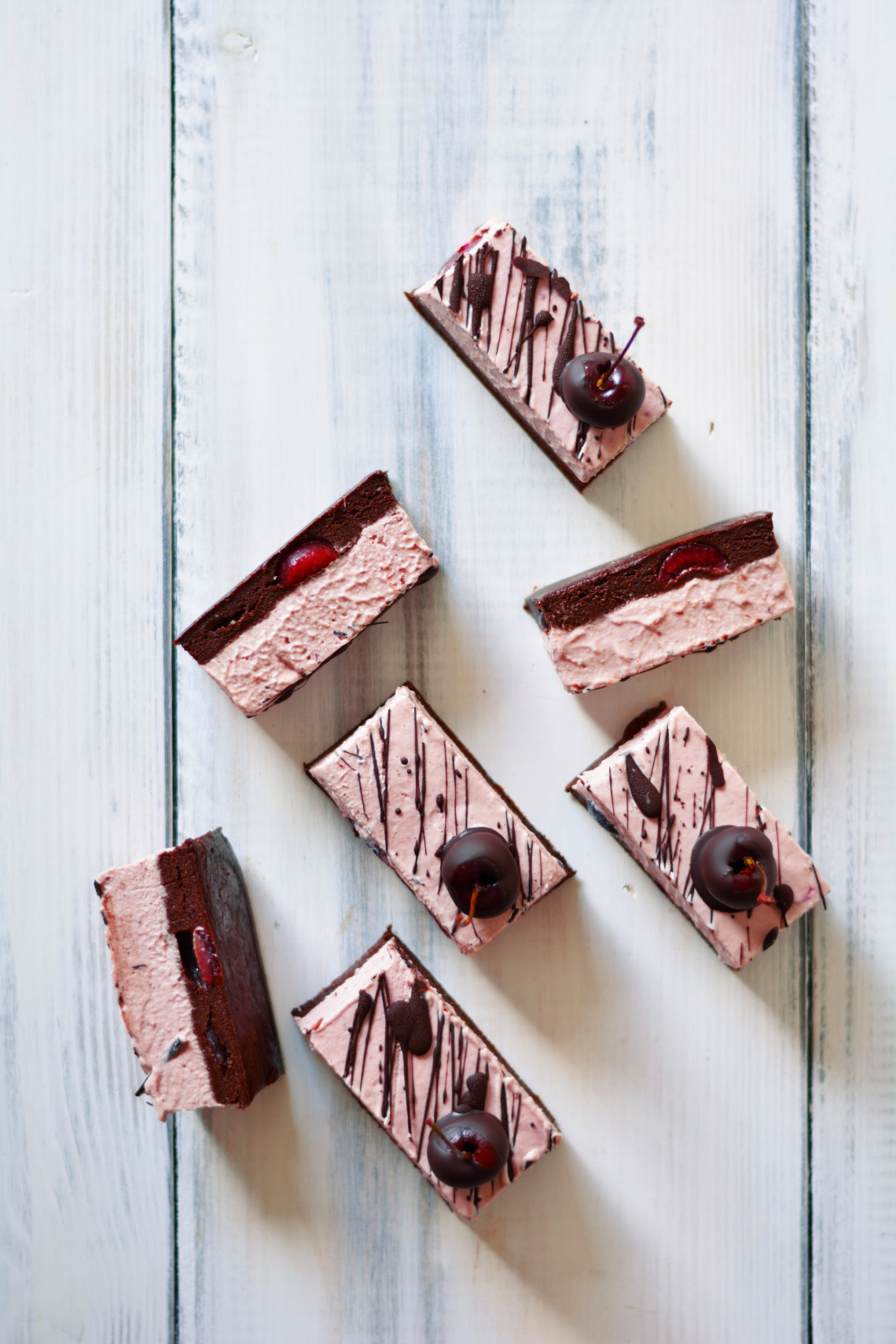
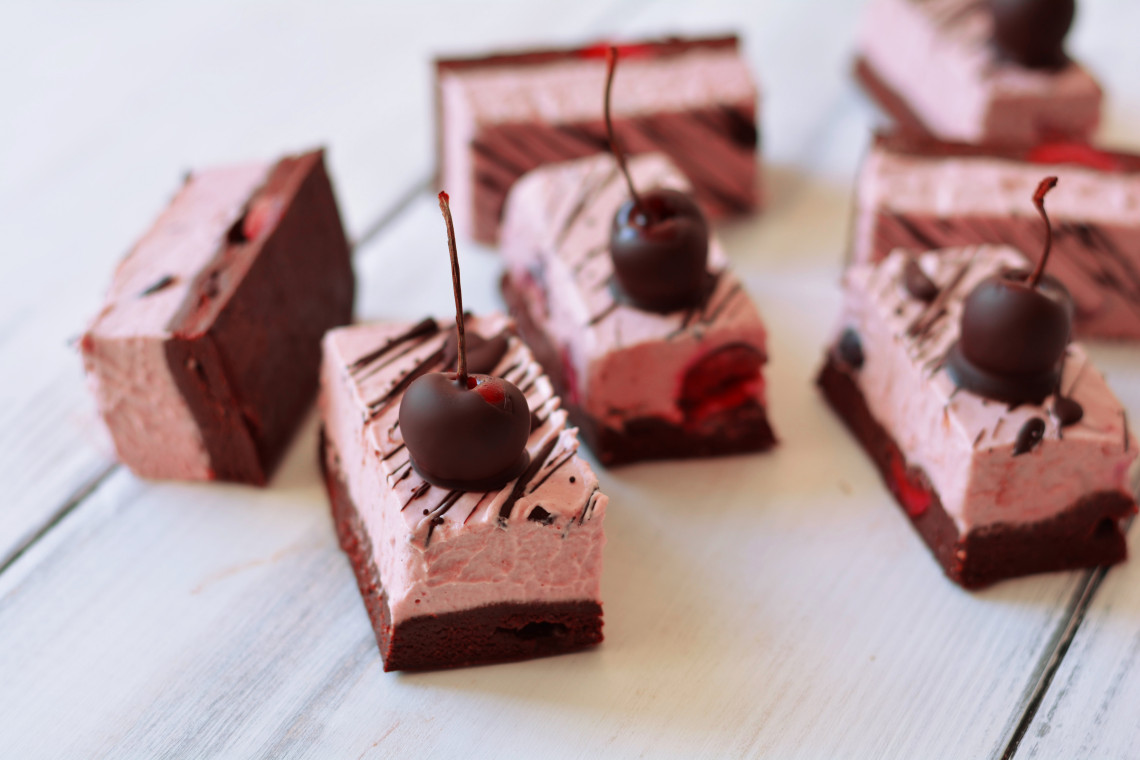
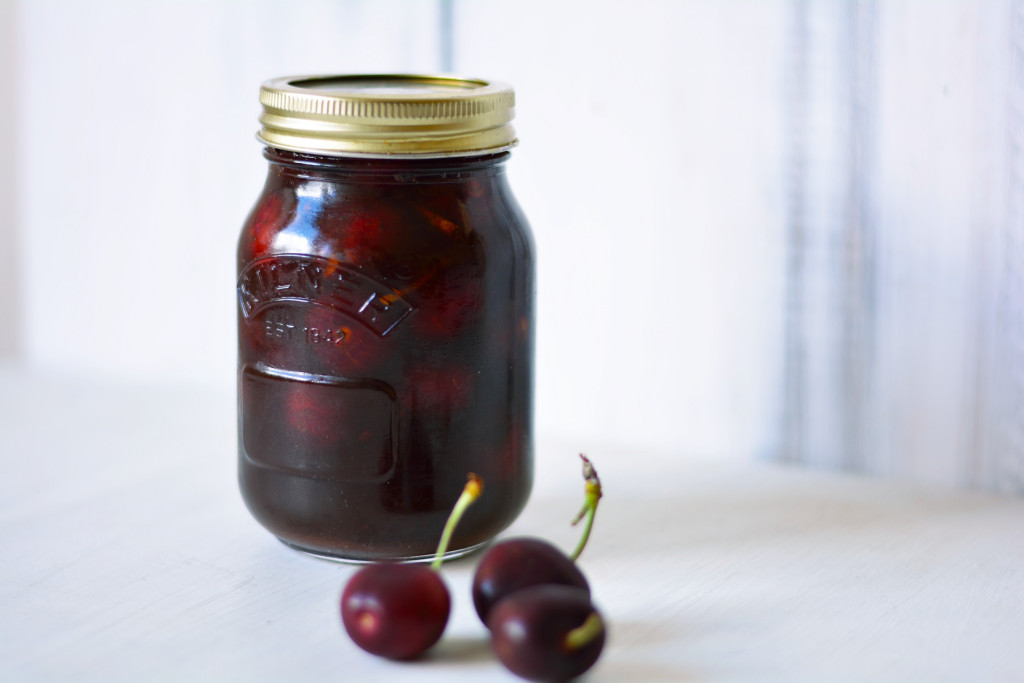
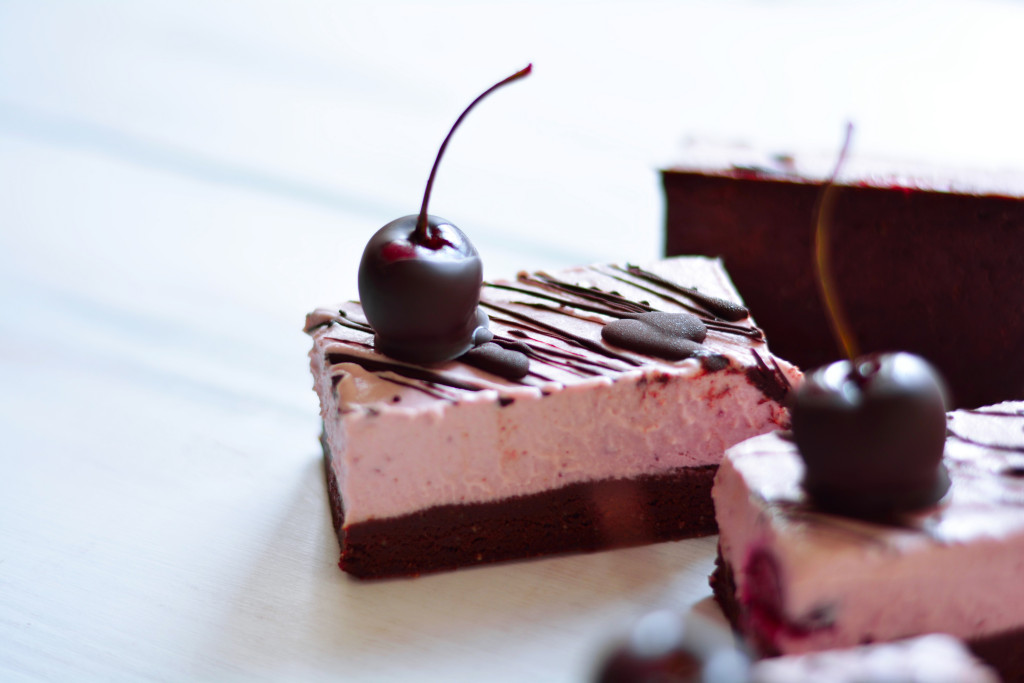
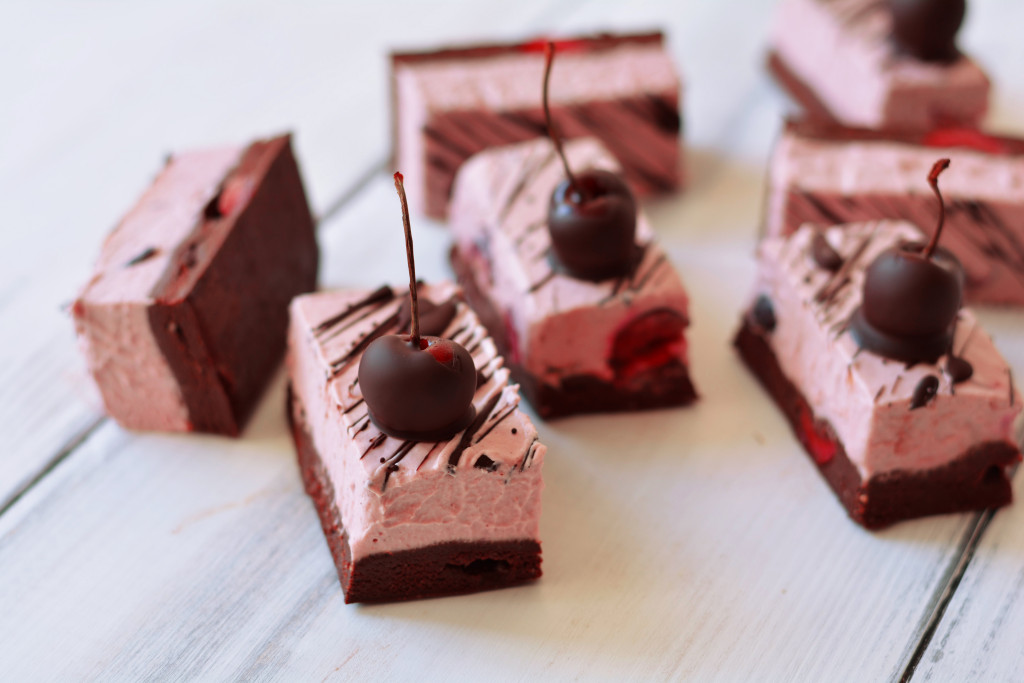
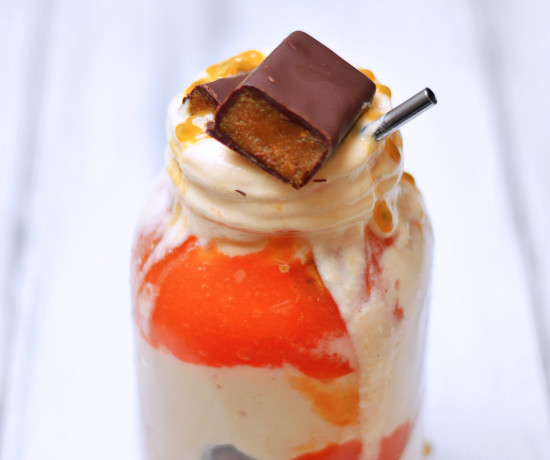
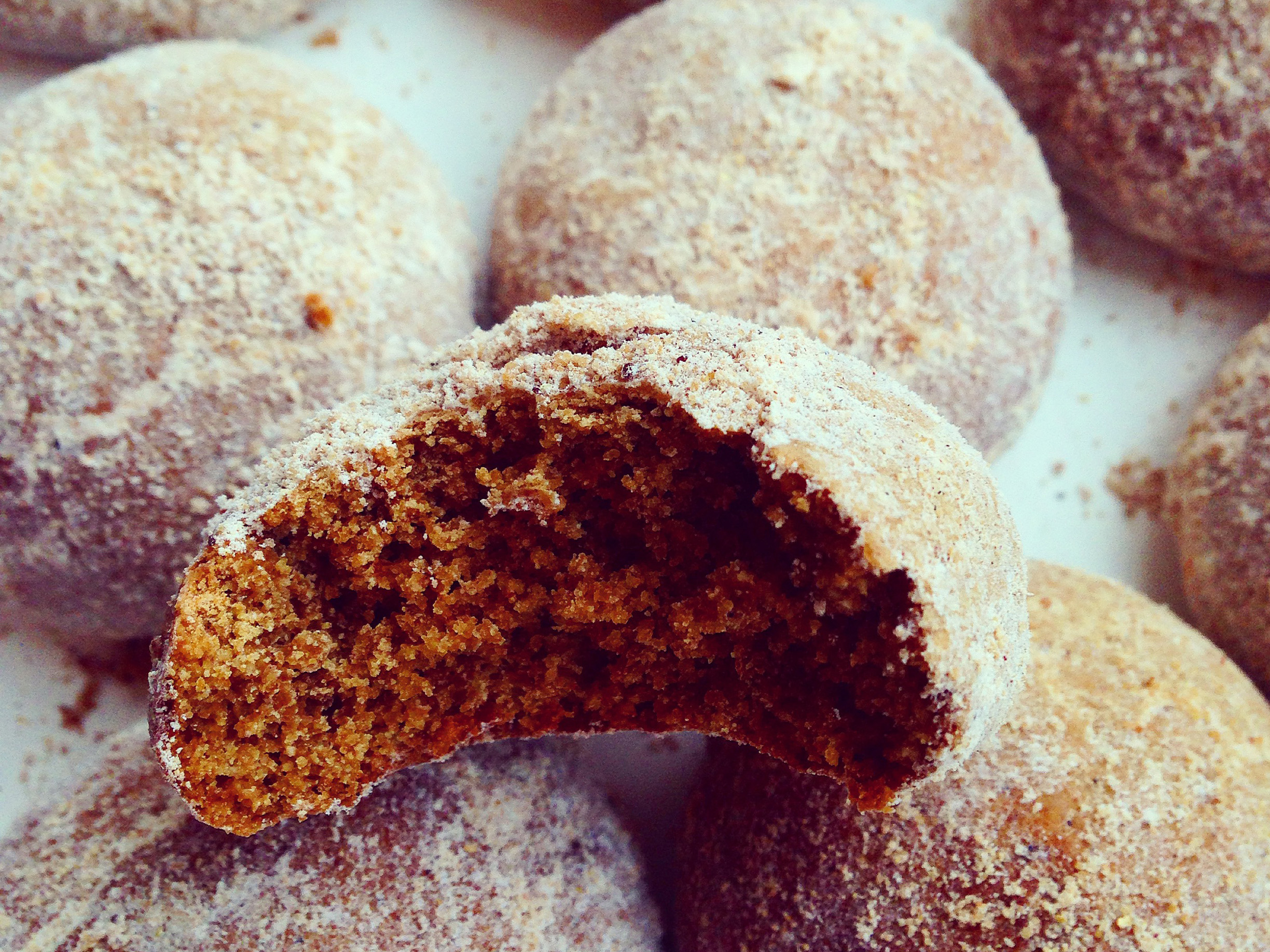
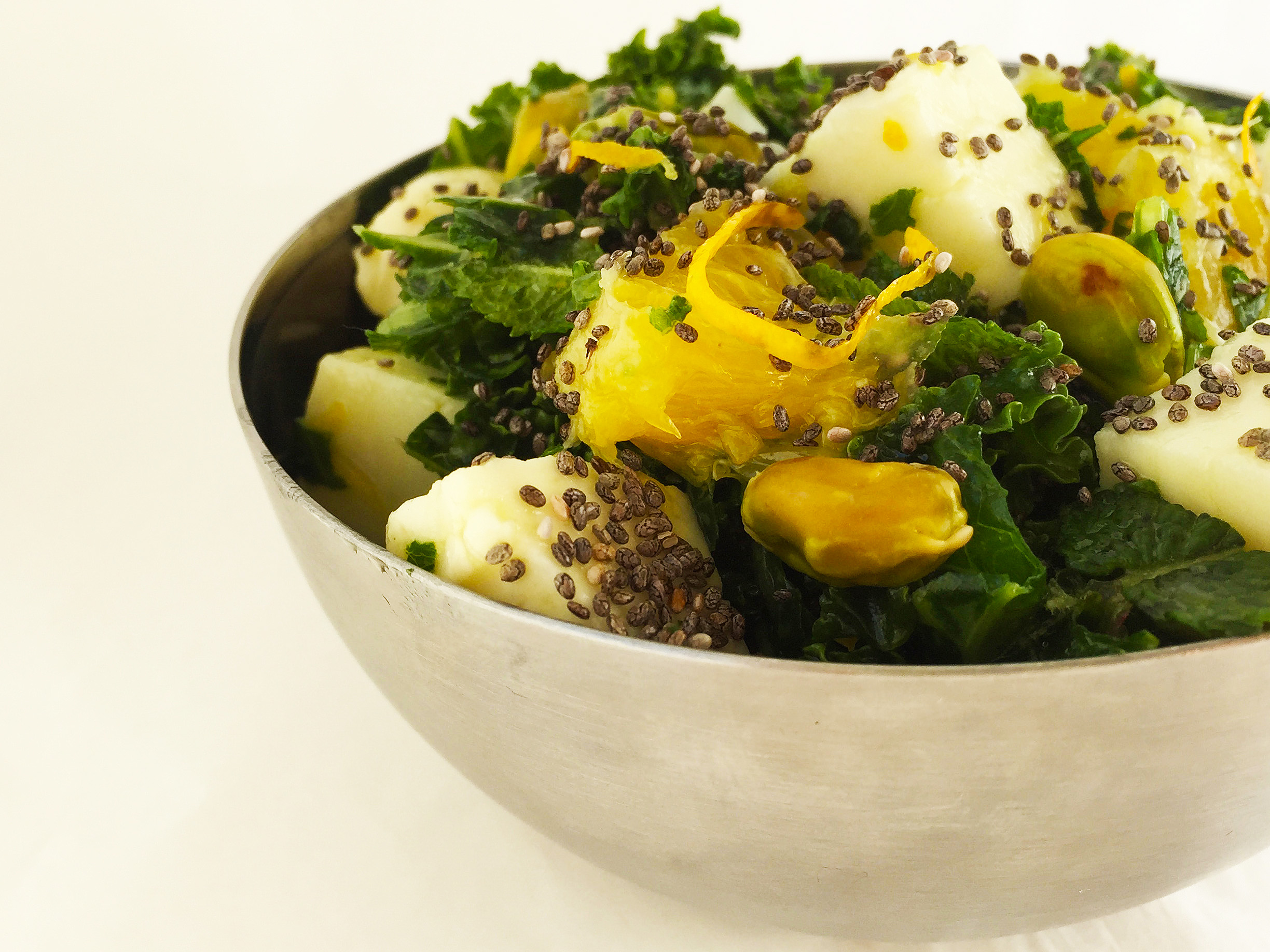

No Comments